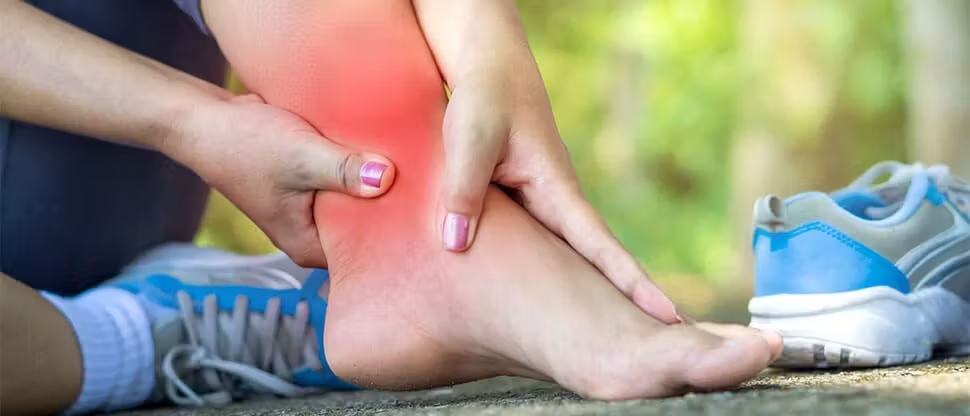Sprains and strains can often present as similar types of injuries. A sprain is damage to the connective tissues of a joint such as ligaments and tendons. A strain is damage to muscle tissue, often a result of over stretching the joint. eg- stretching the hamstring too far when slipping. However, the treatment for sprains and strains are similar. They both utilise the first acronym RICE. This is:
- REST– Sprains and strains can cause quite severe, acute pain. It is important to rest and to reassure the patient.
- ICE– Applying a cold pack can help reduce the pain and the swelling to the injury site. The recommendation is to apply ice for 15 minutes every 2 hours. If in an outdoor setting where ice or cold packs are not available, the following steps become even more important.
- COMPRESSION– A compression bandage should be applied directly to the injured site and both above and below the site. This is used to reduce the swelling that will result from a sprain and strain.
- ELEVATION– As with other first aid treatments, the limb, where appropriate, should be elevated to reduce the flow of blood and other fluids into the injured site to reduce swelling.

It is important to realise that this treatment is not always ideal or appropriate in an outdoor setting. For example, if hiking and in a remote area, it may be necessary to continue moving to reach safety or appropriate medical help. In this case, compression and regular rest to manage the swelling will be necessary.
